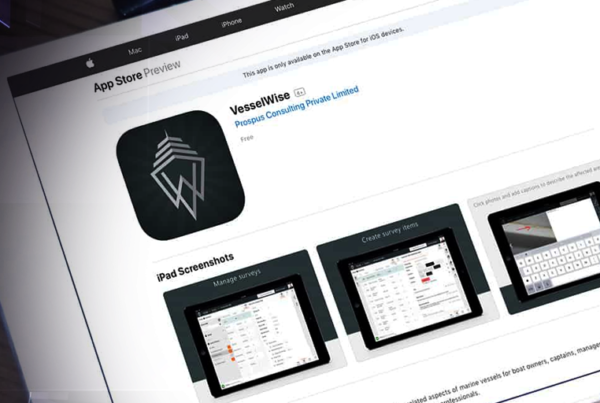In this article, we try to understand how increasing proliferation of digital technology and devices is almost beginning to create a growing technology apathy among people, as people start to feel tired of using technology that is so full of barriers.
Background
The Internet has brought us access to the whole world. And internet enabled devices have allowed us to access it anytime, anywhere. We carry powerful computing devices in our pockets. Soon we may be wearing internet-enabled devices on our bodies and have billions of other such devices all around us. What was fuelled by smartphones and tablets has now catapulted to a whole different level and we’re looking at wearables (iWatch and Google Glass and HoloLens and so on) to enter our everyday lives. We are getting overwhelmed by screens. interfaces and protocols that surround us almost 24/7. Each device performs a different set of operations and requires us to use a different method of input.
Problem
With growing signals and messages coming my way across all my different devices and across different UIs, I am almost experiencing a digital technology fatigue. It creates a strong resistance in me to use digital devices, preventing me from performing more click and tap operations every hour. Tech fatigue is surely not a syndrome affecting one or two, it’s more widespread, even emerging among Generation Y who we know as the Digital Natives.
According to the Beloit College’s Mindset List of 2013, this year’s graduates (2016) were born into cyberspace.” But, despite the fact that these young adults are certainly comfortable with technology, there is growing evidence to suggest that many are eschewing technology and embracing a growing nostalgia for simpler times[1] What we need to understand here is: what is causing this fatigue? Is it the technology itself or the way it is being provided to us by companies to consume? There is tremendous opportunity to change the way people live and consume technology, but to harness the power of technology and leverage digital interactions among a great number of devices, people, and things, we’ll need to transform the way we currently build software. Integration and unification are key.
Discussion
What would it take for software and hardware tech companies to bring products that would encourage people to accept the next era in technology that everyone is currently talking about – of billions of Internet-enabled devices that will surround us? It is companies that are able to understand what challenges consumers face — due to the growing number of devices that lack in interoperability, function restrictively within unique protocols and closed interfaces, and are limited to specific hardware and software — who are going to the ones to be successful in the next coming decade.
Summary
If we could have a universal interface that would allow us to perform all our different operations without us having to go through different interfaces, different devices, and different log-ins and passwords, digital fatigue would make way for ease of use. It can potentially create a connected and interactive world to truly harness the power of digital technology. But in the absence of software that integrates, and if companies continue to push their products onto people with the intention of restricting them their brands, fatigue may invariably turn into complete resistance – crushing the very possibility of a connected world of billions of objects.
Citations
- EContent: What Does the Digital Generation’s Tech Fatigue Mean for Content Providers? http://www.econtentmag.com/Articles/News/News-Feature/What-Does-the-Digital-Generations-Tech-Fatigue-Mean-for-Content-Providers-91694.htm Accessed: Tuesday, Feb 10th, 2015
































